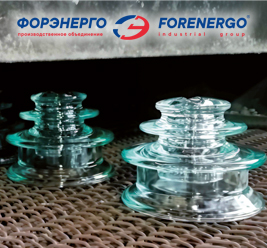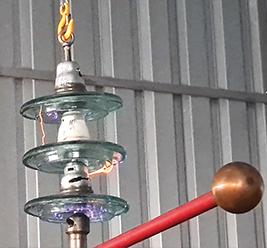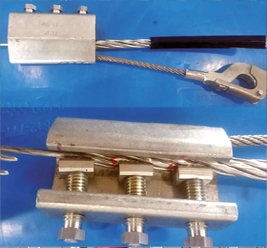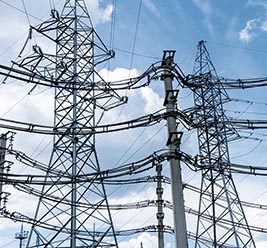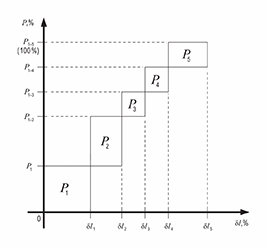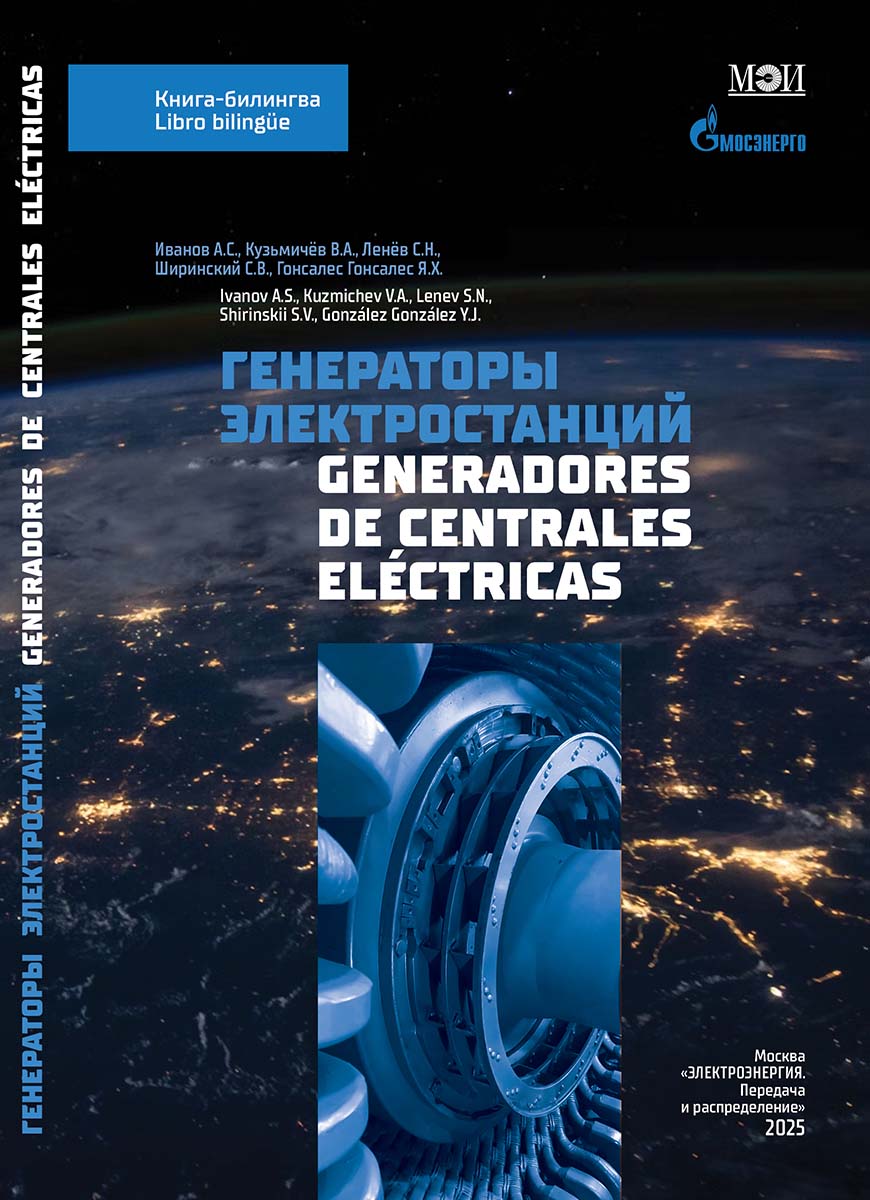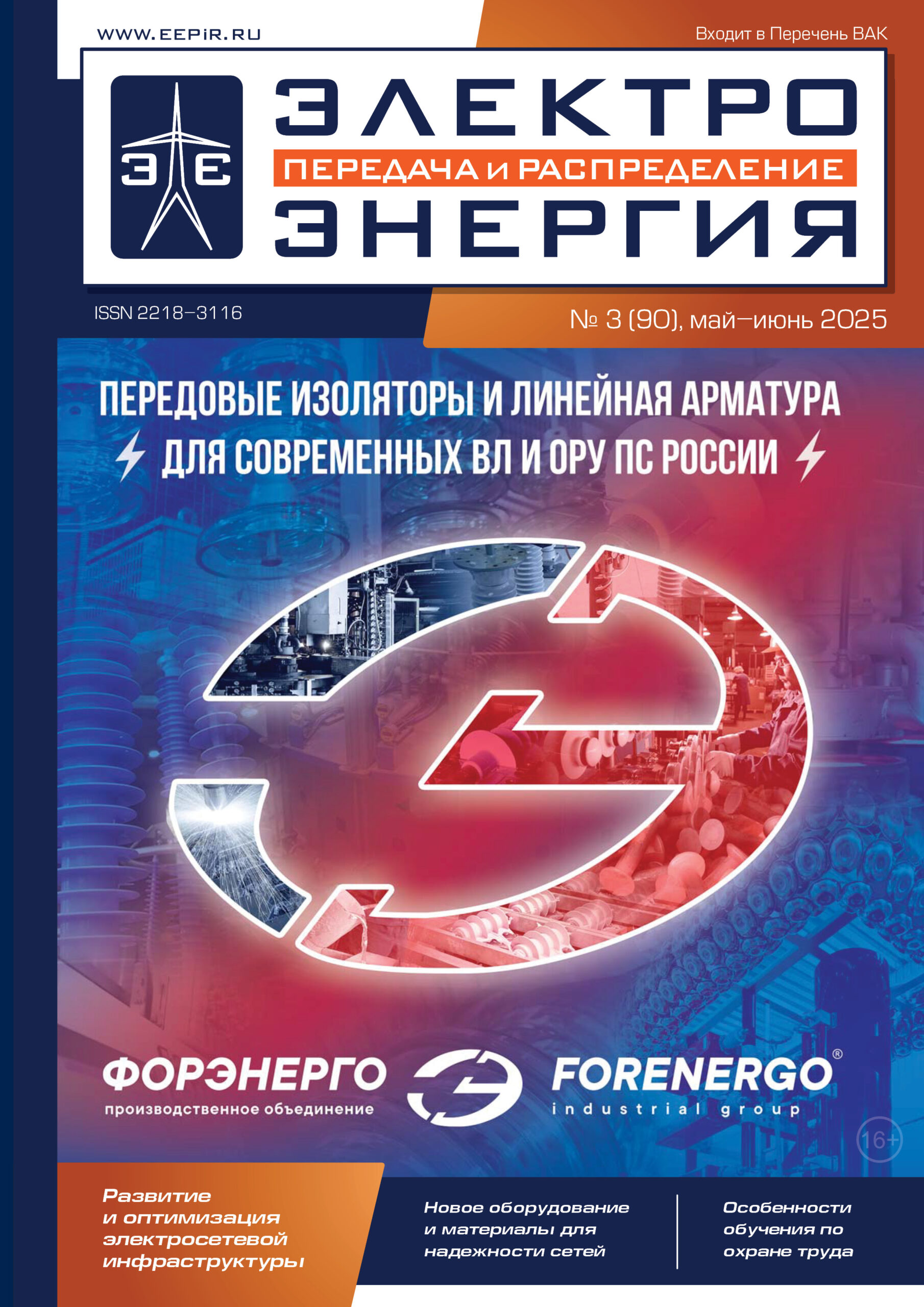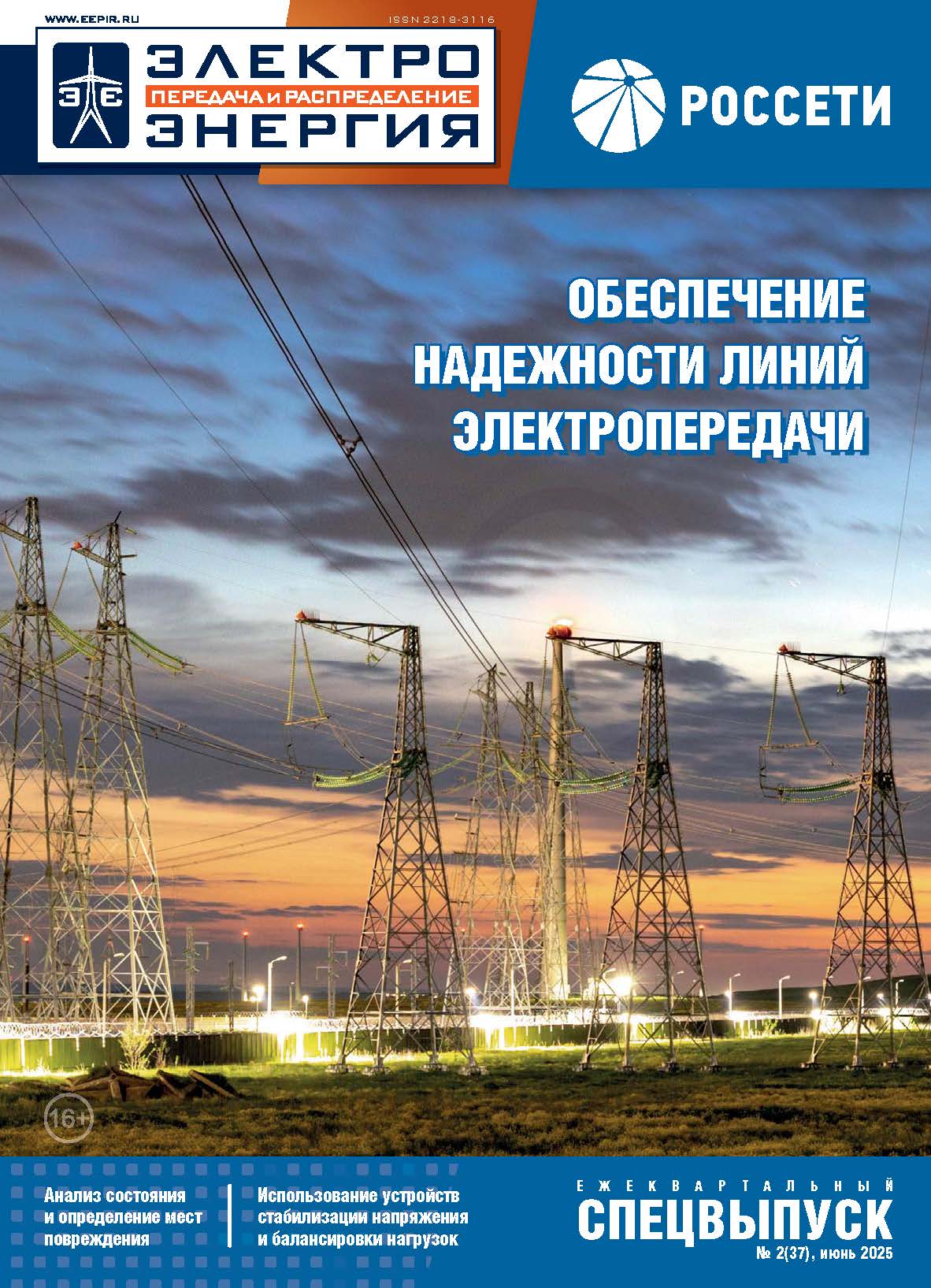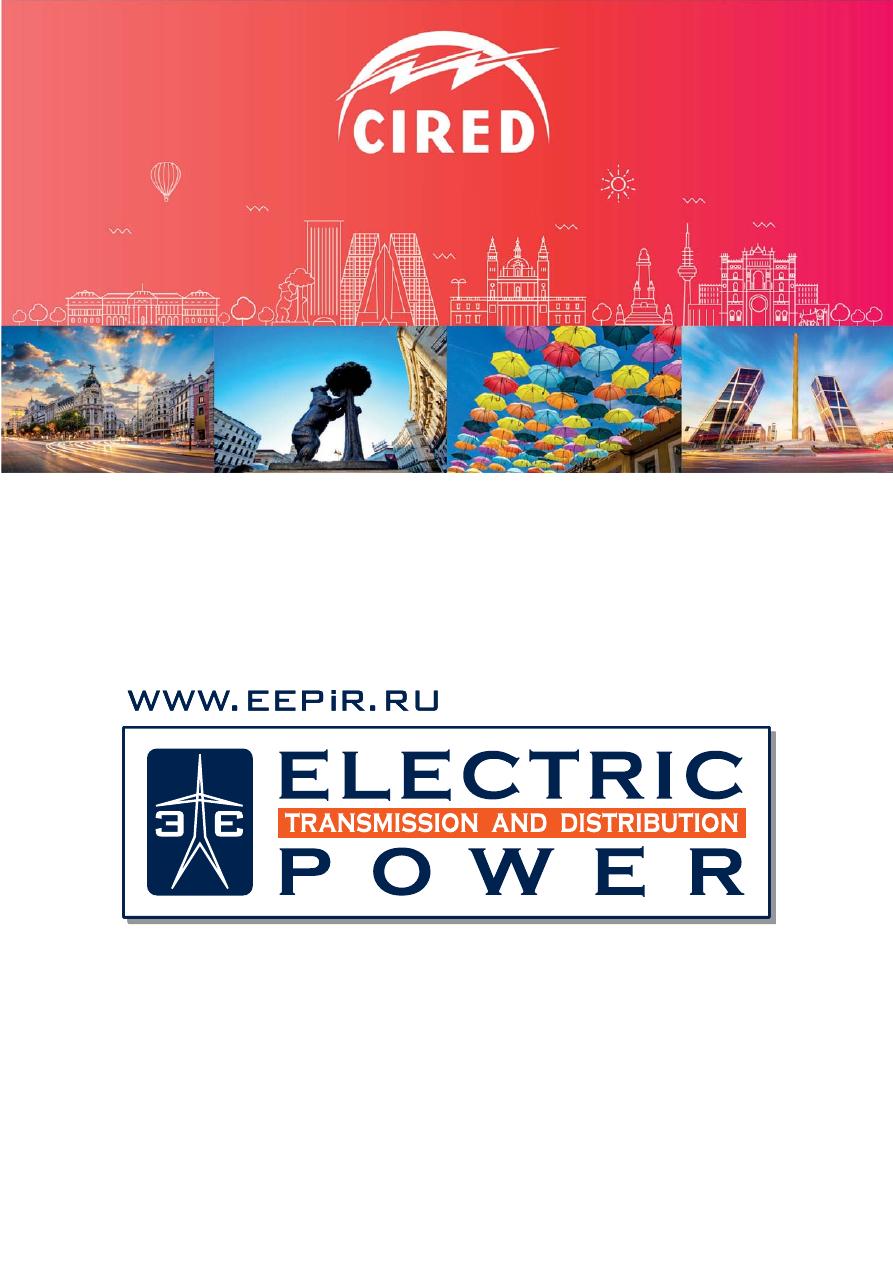
The MAIN JOURNAL for POWER GRID SPECIALISTS in RUSSIA
3 - 6 J U N E 2 0 1 9
MADRID, SPAIN
The MAIN JOURNAL for POWER GRID SPECIALISTS in RUSSIA
3 - 6 J U N E 2 0 1 9
MADRID, SPAIN
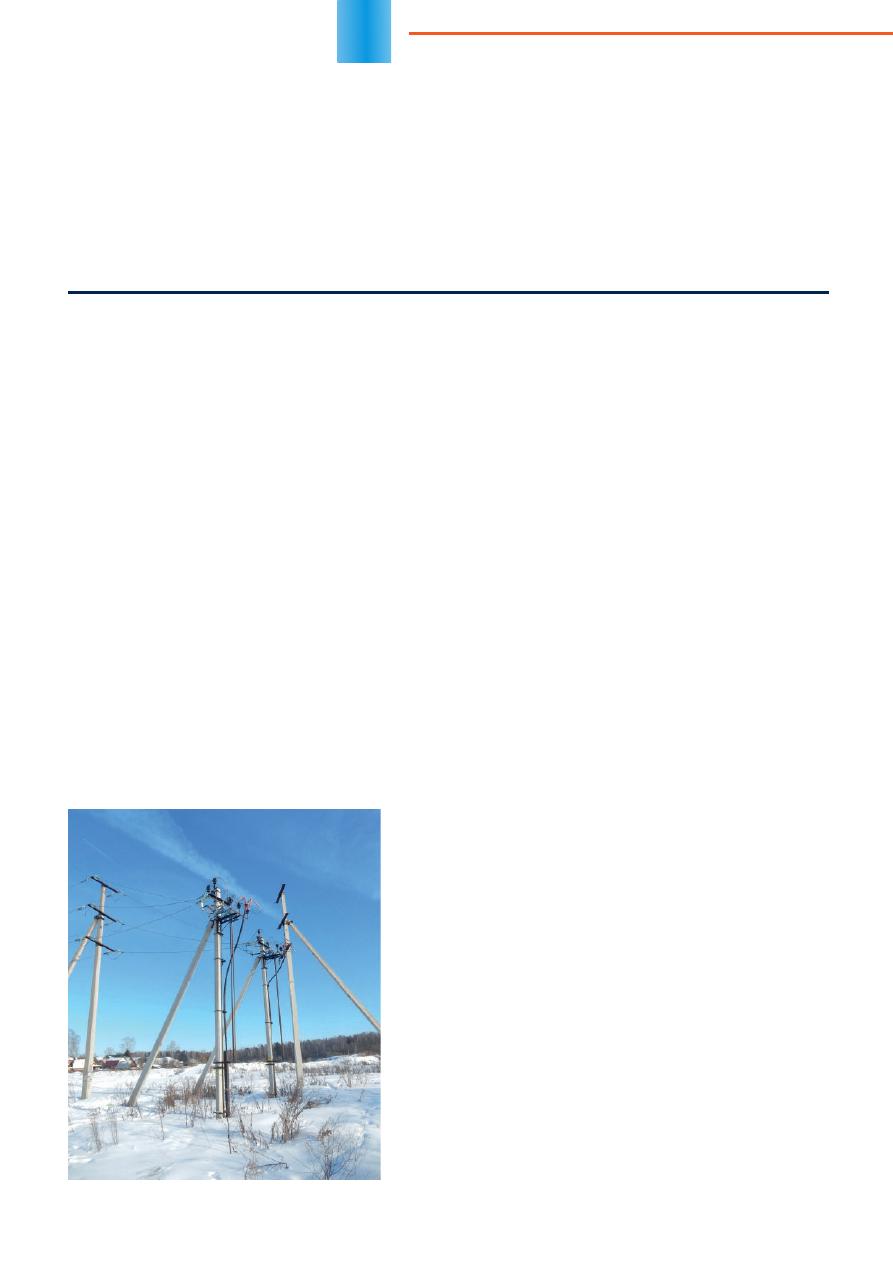
30
Durable Reinforced Concrete
Power Transmission Poles Made
of Nanomodifi ed Concrete — the Future
of Digital Distribution Networks
Valentina SOLOVIOVA,
D.Sc., Prof. of Emperor Alexander I
St.-Petersburg State Transport University
Peter ROMANOV,
Ph.D, Ch.Eng. Scientifi c Research
Laboratory of Electrical Grid Construction
Liubov KACHANOVSKAYA,
PhD, Нead of Scientifi c Research
Laboratory of Electrical Grid Construction
Sergey KASATKIN,
Eng. Scientifi c Research Laboratory
of Electrical Grid Construction
Tatyana SBOYCHAKOVA,
Eng. Scientifi c Research Laboratory
of Electrical Grid Construction
Improving the reliability and durability of reinforced concrete poles for overhead transmis-
sion lines is a direct way to reduce costs when constructing and operating energy facilities.
Modern chemical additives can signi
fi
cantly affect the structure of concrete and improve its
operational properties: strength, density, freeze-thaw, water and corrosion resistance. Iden-
ti
fi
cation and digital certi
fi
cation of power transmission poles with new properties is a guar-
antee of their sustained quality. The paper presents data on the industrial production of poles
from nanomodi
fi
ed concrete. Also, the paper considers directions for further work on creating
the uni
fi
ed series of 0.4 and 6-10 kV reinforced concrete power transmission poles character-
ized by high durability for digital distribution electrical networks.
A
s of today, the length of overhead transmission lines with
up to 20 kV voltage exceeds 2 million km in Russia. Tra-
ditionally these overhead lines are performed on vibrated
concrete poles.
The development of economy, new technologies and popula-
tion needs requires upgrading distribution networks in regards
to increasing their length and functionality (Figure 1). New types
of conductors are used for increasing transmission capacity. Ap-
plication of additional fi ber-optic links is required for establishing
communication channels. Growing needs lead to load increase
of power transmission poles and enhanced requirements for
their load-carrying ability. Telecommunications networks require
increased reliability coeffi cient for power transmission poles
(1.5 times more for ice loading). In addition, the poles of distribu-
tion networks are often constructed along highways. As a result,
they are exposed to the aggressive infl uence of deicing products
in winter.
Thus, there is a need to increase such operational character-
istics of vibrated reinforced concrete poles as load-carrying ability
and crack, freeze-thaw, water and corrosion resistance.
The solution of this task is achieved through the rational use of
the internal reserves of the cement-containing system — applica-
tion of new activating chemical additives.
A complex additive for concrete consisting of several compo-
nents of diff erent nature and specifi cally SiO
2
·nH
2
O nanodisper-
sions was developed at the Department of Engineering Chemistry
and Natural Science of St. Petersburg State Transport University
(PGUPS). Presented nanodispersions promote the formation of
hardly soluble compounds that are more resistant to the aggres-
sive eff ects of salts and have a positive eff ect on the corrosion
resistance of concrete.
Besides, the formation of an additional amount of hydrate joints
with a needle-shaped structure is capable to provide micro rein-
forcing of concrete, its compaction, and as a result, increasing its
strength, crack resistance and durability.
It is obtained that eff ective chemical activation of nanomodi-
fi ed concrete signifi cantly heats the curing mass. It has a positive
eff ect on hydration processes and allows engineers to reduce sig-
nifi cantly the temperature in the curing chambers and to abandon
their heating at all in summer.
Fig. 1. 10 kV power transmission poles for
overhead-underground transition
OVERHEAD
TRA
N
SM
I
SS
I
O
N
L
IN
ES

3
1
The developed complex additive was tested at the
factories of "PO "Energozhelezobetonivest", LLC during
the manufacture of SV95-3s reinforced concrete poles
with B30 W6 F
1
200 design parameters of concrete. Stan-
dard plant products from concrete mixture containing only
polycarboxylate-based additives were taken as control
samples. The developed complex additive is comparable
in cost to the additive used in the plant. The additives dos-
age was kept at the same level. The poles were tested
according to state standard 8829-94 (GOST 8829-94) for
assessing their strength, hardness and crack resistance.
Such physico-mechanical parameters of concrete as the
compressive strength (after curing, at the age of 7 and
28 days), water and frost resistance were under control.
The test results of reinforced concrete poles showed
that products with the developed chemical additive had
lower values of such indicators as the number and aver-
age width of cracks and poles defl ection.
Samples of nanomodifi ed concrete with developed
additive diff ered in high strength. The kinetics of concrete
strength development when curing at a temperature of
60 °C (reduced temperature relative to usual values) is
presented in Figure 2.
The strength of nanomodifi ed concrete in compres-
sion at the age of 28 days exceeded the control values by
34%. It corresponds to class B40 (Figure 2).
Samples of nanomodifi ed concrete diff ered in in-
creased water resistance (twice more), corresponding
to W12 mark. Frost-resistance increased by 2.5 times. It
conforms to F
1
500 mark.
Nano-modifi ed concrete with B30 design class can be
obtained by reducing cement consumption by 30%, while
water resistance increasing by 3 steps to W10 mark, and
frost-resistance double enhancing to F
1
400 mark.
The results indicate the eff ectiveness of developed ad-
ditive for manufacturing concrete products such as poles,
piles, pad and chimney foundations.
As of today, the use of nanomodifi ed concrete at the
plants of "PO "Energozhelezobetonivest", LLC allows en-
gineers to manufacture typical structures of increased du-
rability while maintaining the existing cost.
Signifi cant savings at the construction stage of the
facilities can be achieved by developing new designs of
poles, piles and precast foundation with the use of mod-
ern high-strength and durable concrete and high duty
reinforcement. The list of topics recommended for imple-
mentation within the framework of PJSC "Rosseti" R&D
already includes "Development of unifi ed series of extra
durable reinforced concrete poles for 0.4 and 6-10 kV
overhead transmission lines using nanomodifi ed con-
crete and electronic passport elements". The develop-
ment of reinforced concrete poles with enhanced values
of load-carrying ability will provide an increase of span
length for overhead lines by 20-25% and an economic
eff ect by reducing the number of intermediate poles and
related costs of their construction and maintenance.
Nanomodifi ed concrete application will ensure a lifetime
of reinforced concrete poles over 50 years (in some cases
a lifetime can reach even 100 years). This will signifi cantly
reduce repairing costs.
New power transmission poles will be equipped with
radio-frequency tags (microchips) containing a unique
identifi cation number. This number provides access to the
electronic passport and, hence, to information on poles
life cycle and technical documentation with detailed in-
formation on the released product and its characteristics.
Electronic certifi cation of reinforced concrete poles will
allow engineers to produce products diff erentially and to
supply them on energy facilities taking into account indi-
vidual corrosion protection requirements. Products iden-
tifi cation will allow the customer interested in quality to
choose poles based on their properties. In addition, it will
increase the responsibility of the manufacturer and sup-
plier, ensure stable quality of the products used at the fa-
cilities, and exclude the supply of products mismatching
the claimed characteristics. As a result, there will be no
problems during operation. Information on each product
with reference to specifi c power transmission pole will be
added to the electronic passport of overhead line.
CONCLUSIONS
1. A complex chemical additive for concrete has been
developed. It includes nanosize dispersions, which make
it possible to produce nanomodifi ed concrete character-
ized by high strength, density, freeze-thaw, water and
corrosion resistance. Such concrete provides increased
reliability and durability of structural units.
2. The cost of reinforced concrete products made from
extra durable concrete does not diff er from the cost of
standard structures. At the same time, the use of durable
structures eliminates the need for repairs throughout the
entire service life. This fact has the greatest importance
for foundation structures — piles and pad and chimney
foundations operating in rough soil conditions (there is no
access to these structures during their operation).
3. Early order of existing standard designs using nano-
modifi ed concrete can signifi cantly reduce operating
costs in the future.
4. The development of new unifi ed series of reinforced
concrete poles with increased reliability and durability for
0.4 and 6-10 kV overhead lines will decrease the cost of
transmission lines construction by means of reducing the
number of poles per kilometer. Also, operation costs will
be reduced due to the absence of repairs. A digital elec-
tronic passport will allow engineers to transfer all informa-
tion about the product to the IT system of electrical net-
work for solving the problems of production and technical
management, monitoring and equipment diagnostics.
Р
Fig. 2. Kinetics of concrete strength development
Scientifi c Research Laboratory
of Electrical Grid Construction
Tel.: +7 (911) 285-94-61, +7 (812) 309-39-61
E-mail: t.i.sboychakova@nilkes.ru www.nilkes.ru
The 25th CIRED Session
Special issue, June 2019
Оригинал статьи: Durable Reinforced Concrete Power Transmission Poles Made of Nanomodifi ed Concrete — the Future of Digital Distribution Networks
Improving the reliability and durability of reinforced concrete poles for overhead transmission lines is a direct way to reduce costs when constructing and operating energy facilities. Modern chemical additives can signifi cantly affect the structure of concrete and improve its operational properties: strength, density, freeze-thaw, water and corrosion resistance. Identification and digital certifi cation of power transmission poles with new properties is a guarantee of their sustained quality. The paper presents data on the industrial production of poles from nanomodifi ed concrete. Also, the paper considers directions for further work on creating the unifi ed series of 0.4 and 6-10 kV reinforced concrete power transmission poles characterized by high durability for digital distribution electrical networks.




